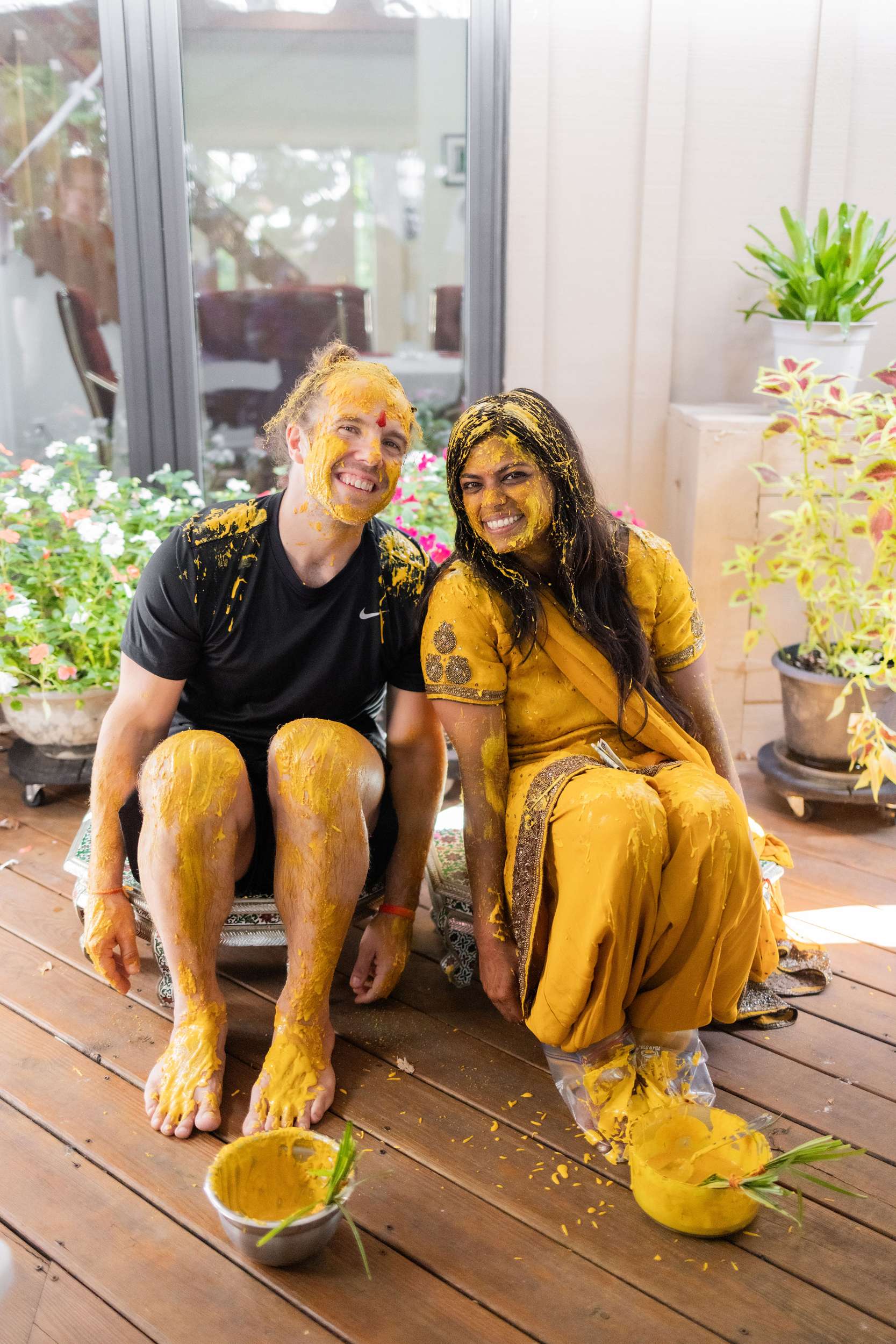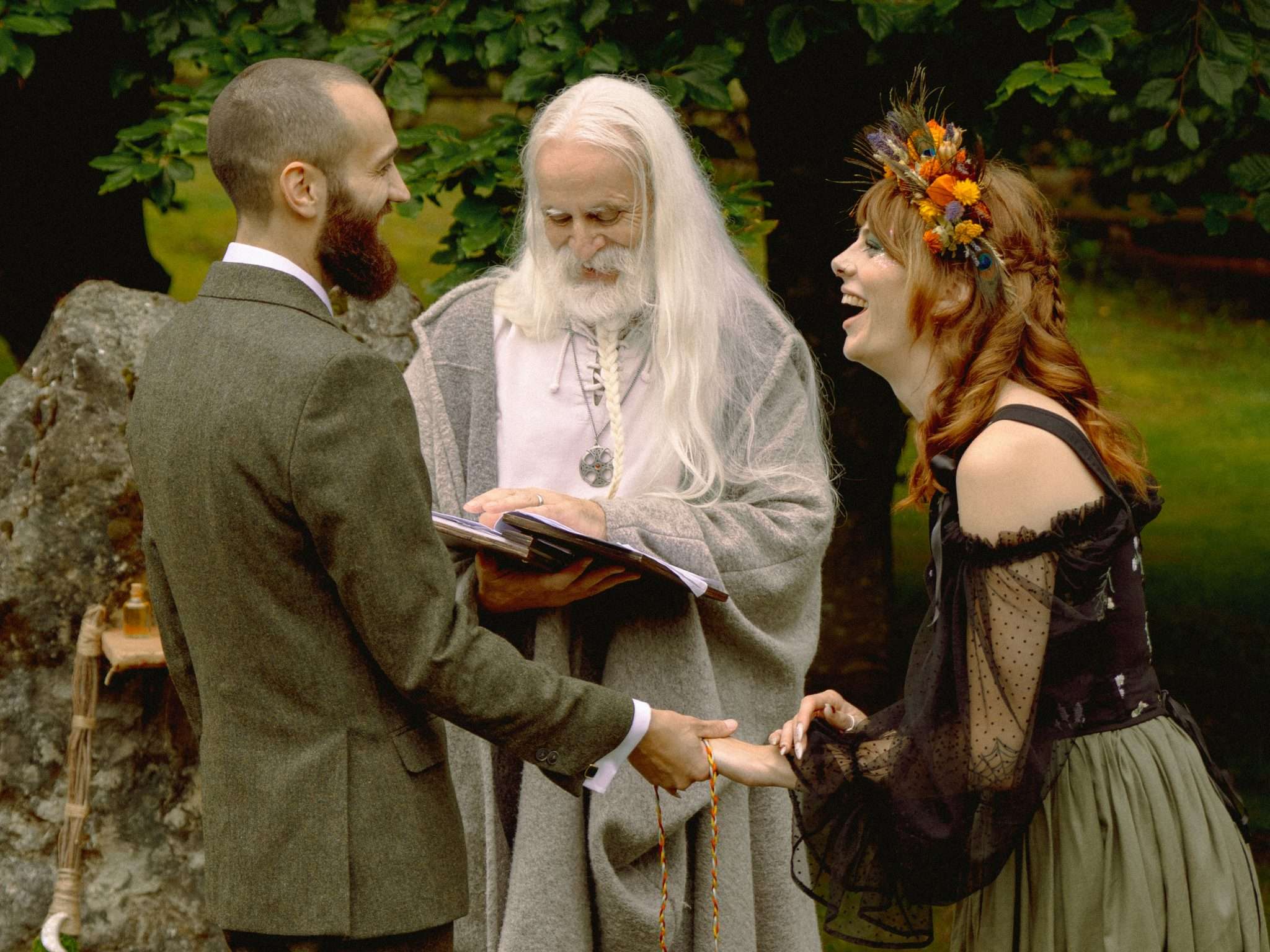
Although weddings are a universal event, the celebrations of them vary as much as the cultures from which they originate. Couples all over the world have discovered charming, unusual, and endearing ways to commemorate the beginning of their lives together. All of the customs can encourage couples to make something special for themselves, whether they are joyful outbursts of creativity or deeply rooted in centuries-old beliefs.
This is a tour of some of the most iconic, unconventional wedding traditions from around the globe, each with a deeper meaning that you can modify for your unique wedding.
Armenia: The Godmother’s Fragrance Blessing
Before the dancing, feasting, and music take over at Armenian weddings, there is a silent, enchanted moment. As soon as the groom arrives at the bride’s house, the godmother enters the bride’s room carrying a lovely box or basket that contains the bride’s shoes, veil, candies, and her favourite perfume.
The blessing follows. In addition to giving the bride a lovely scent, the godmother lightly sprinkles her with the sweet fragrance as a symbolic wish for love, happiness, and good fortune. The smell clings to the air, enveloping everyone in a feeling of joy. This blessing is also given to the women and girls present, bridging generations with a single, fragrant act.
Fun Fact: In Armenia, the role of godparents, known as kavor and kavorakin, is more than just ceremonial; it is a lifetime commitment to support and mentor the couple.
India: The Haldi Ceremony
Friends and family apply a golden turmeric paste to the couple as part of a colourful pre-wedding custom in many Indian weddings. Before their wedding, the couple is thought to be cleansed and blessed by the Haldi ceremony. Idea for adaptation: For a playful, symbolic pre-wedding event, swap out turmeric for vibrant paints, flowers, or even glitter.
Fun Fact: Turmeric is also thought to give skin a natural glow, so the couple will glow on their wedding day.

Japan: Sake Ritual in San-San-Kudo
The couple shares sake in three sips from three different cups as part of the San-San-Kudo ritual in Japanese Shinto ceremonies. Every drink symbolises a connection – between the couple, their families, and their community. Use tea from a memorable trip, wine from your hometown, or a special cocktail you make together as an adaptation.
Fun Fact: In Japan, the numbers three-three-nine, or San-San-Kudo, are regarded as auspicious and represent prosperity and growth.
Mexico: The Wedding Lasso
The lazo is a huge floral garland or rosary that is placed around the couple during the ceremony to form an infinity symbol and is a common element of Mexican weddings. It’s a lovely visual representation of the marriage bond.
Idea for adaptation: Make your own “lasso” with beaded strands made by friends and family, ribbons in your wedding colours, or fresh flowers and greenery.
Fun Fact: In certain customs, the godparents place the lazo over the couple to symbolise their role in directing the union.
Scotland: Handfasting
This old Celtic custom is where the term “tying the knot” originates. To represent unity and commitment, the couple’s hands are bound together with ribbons, cords, or fabric during the ceremony.
You could use scarves in your favourite colours, fabric from your family’s history, or even strips of handwritten vows as an adaptation. Some modern couples combine centuries-old customs with a unique, contemporary twist by making an innovative printing to create personalised designs, significant symbols, or even quotes on their handfasting ribbons.
Fun Fact: In medieval Scotland, handfasting was a type of trial marriage that bound couples for a year and a day before they decided to make it permanent.

Kenya: Maasai Blessings and Beadwork
Beadwork is more than just ornamentation in Maasai culture; it conveys tales of blessings, community, and heritage. Kenyan brides frequently don intricate jewellery and beaded collars made by talented craftspeople, each piece having deep symbolic meaning.
Adaptation idea: Ask a local craftsperson to make wedding-related jewellery or accessories in hues that reflect your ideals and aspirations.
Fun Fact: In Maasai beadwork, every colour has a symbolic meaning. For example, white represents purity, blue represents energy, and red represents bravery.
Philippines: The Unity Candle and Doves
To symbolise the joining of their lives, the couple lights a unity candle together at some Filipino weddings. A pair of white doves, which stand for harmony, peace, and prosperity, are occasionally released after this. An eco-friendly alternative to doves would be butterflies, flower petals, or a symbolic lantern release.
Fun Fact: To symbolise the joining of two families into one, the mothers of the couple frequently light the unity candle.

Blending Traditions for Your Own Story
The beauty of these customs lies not in adhering to them precisely as they have been practiced for centuries, but rather in the significance they hold. Each one offers a bit of symbolism that you can personalise.
Since your wedding marks the beginning of your life together, why not incorporate customs that represent your identity, background, and future goals? The ways we celebrate love are as different as each couple’s story, even though love is a universal language.
